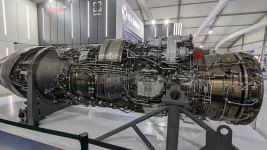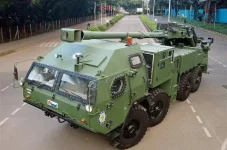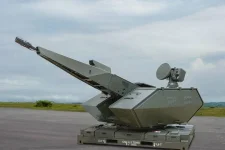- Views: 104
- Replies: 1
A crucial Indian Navy programme to acquire six advanced submarines, known as Project-75I, is facing significant uncertainty as the price for the chosen vessel has escalated dramatically.
The per-unit cost of the German-engineered U-214NG submarine has reportedly climbed to approximately $1.3 billion, a steep rise from the initial 2021 estimate of $800 million.
This price increase has pushed the total projected cost for the six submarines to nearly ₹70,000 crore (approx. $8.4 billion), substantially higher than the ₹43,000 crore allocated by the government over a decade ago.
According to defence analysts, this surge is a result of global inflation, fluctuations in currency exchange rates, and the integration of sophisticated new technologies. A key factor in the cost is the inclusion of an Air Independent Propulsion (AIP) system, which will be supported by Indian industry.
The journey of Project-75I, which was first approved by the Ministry of Defence in November 2007, has been long and complex.
A central requirement from the Indian Navy was that any submarine must have a sea-proven AIP system. An AIP system is a critical technology that allows conventional submarines to remain submerged for weeks at a time, drastically reducing their chances of detection compared to older designs that must surface every few days to run diesel engines to recharge their batteries.
This strict condition led several international submarine manufacturers to withdraw from the tender process. Contenders such as France’s Naval Group, Spain’s Navantia, and Russia’s Rubin Design Bureau found the terms difficult to meet, with the Russian firm calling the tender "unrealistic."
South Korea's Daewoo Shipbuilding & Marine Engineering also exited the competition, leaving Germany’s ThyssenKrupp Marine Systems (TKMS) as the only viable bidder. TKMS has partnered with India’s state-owned Mazagon Dock Shipbuilders Limited (MDL) for the project.
The offered U-214NG is an advanced variant of the proven Type 214 submarine, featuring modern stealth capabilities, superior sensors, and a fuel-cell based AIP module for extended underwater endurance.
Despite TKMS-MDL emerging as the winner earlier this year, the Ministry of Defence has reportedly not proceeded with formal cost negotiations since January, indicating serious concerns over the revised pricing.
This pause comes as DRDO has successfully developed and tested its own indigenous fuel cell-based AIP system. This system is slated to be retrofitted onto India's existing Kalvari-class (Scorpène) submarines, demonstrating a growing domestic capability.
If the deal for the German submarines proceeds at the current price, Project-75I would become India’s most expensive single defence import. For comparison, the earlier Project-75, which produced six Kalvari-class submarines in collaboration with France, cost significantly less.
The Ministry of Defence is now at a critical juncture. The Indian Navy urgently needs to replace its ageing fleet of Sindhughosh-class (Russian-origin Kilo-class) and Shishumar-class (German-origin Type 209) submarines, some of which have been in service for over 35 years.
The decision now rests between acquiring a highly capable but extremely expensive foreign platform or pivoting towards an indigenous solution that could strengthen self-reliance but may face its own developmental timelines.






